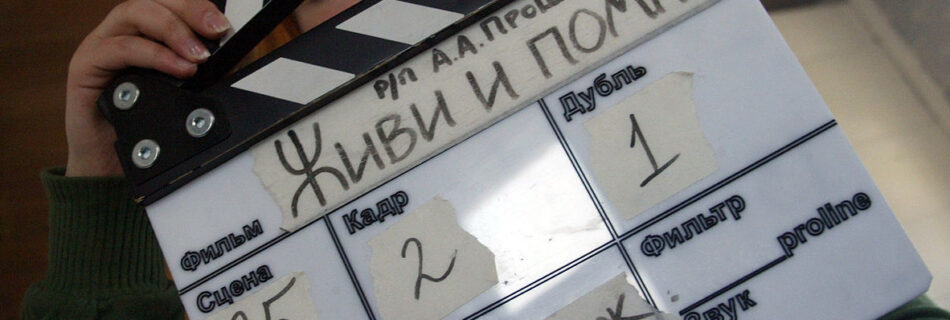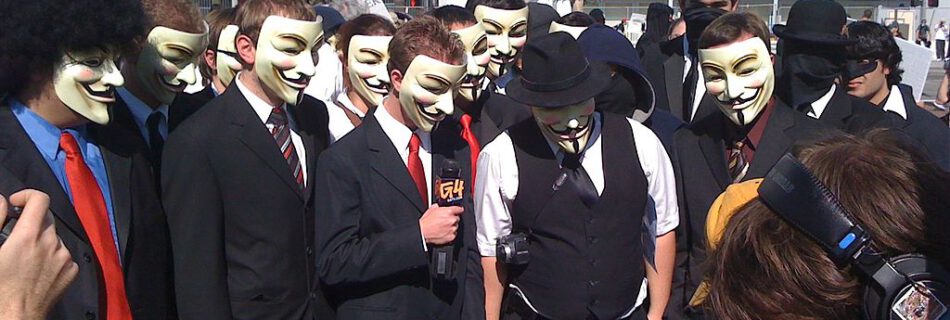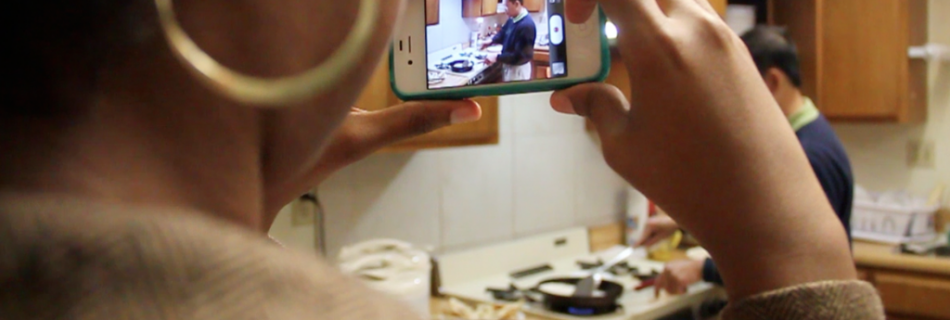How to make a documentary
If you’ve ever fancied making a documentary yourself, take a look at my workshop „How to make a short documentary with a smartphone“. Follow this tutorials for some tips on creating a documentary film. Here are some supplementary notes. Cover photo: Runner1616, Clpbrd, CC BY-SA 3.0








